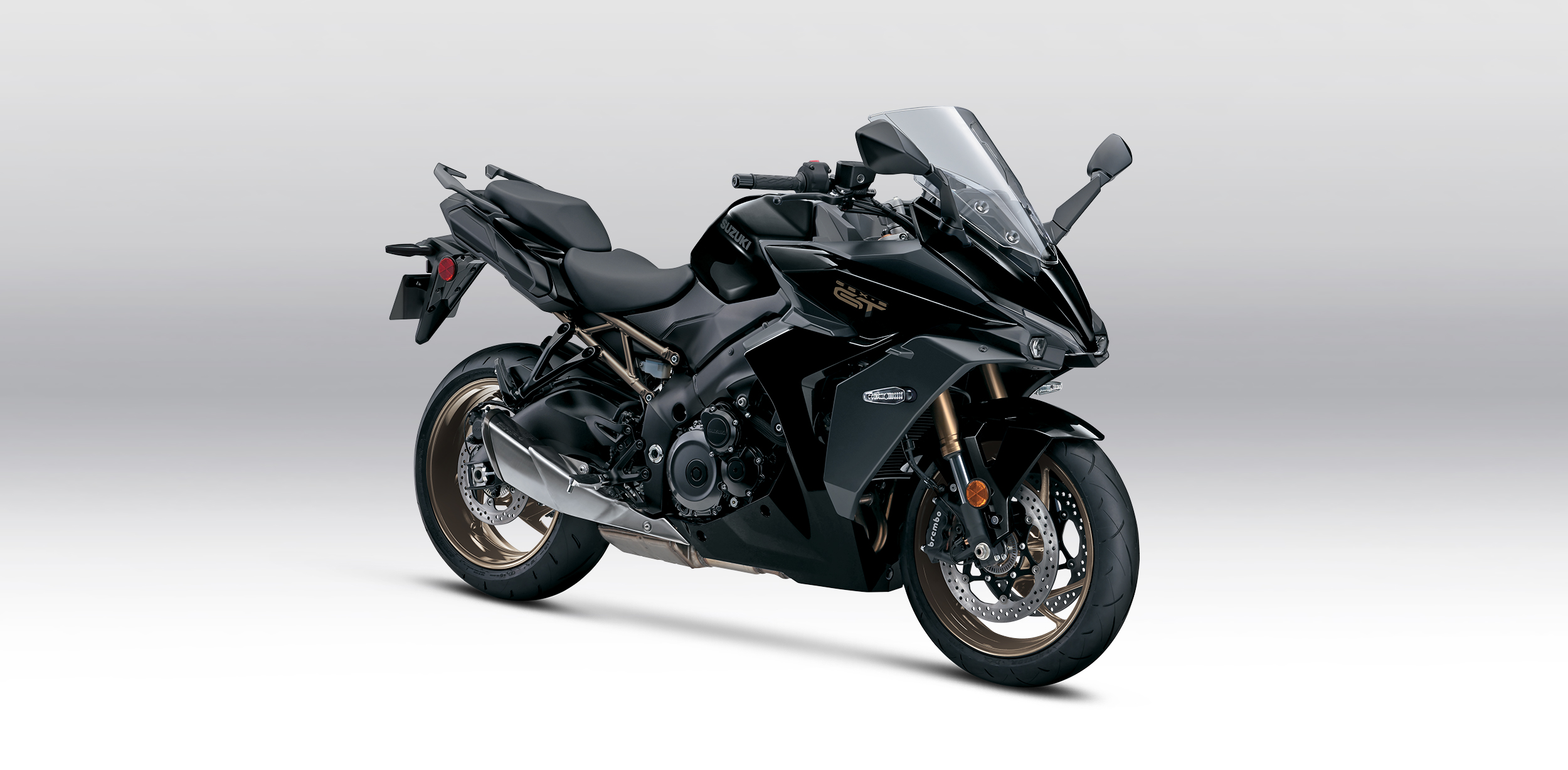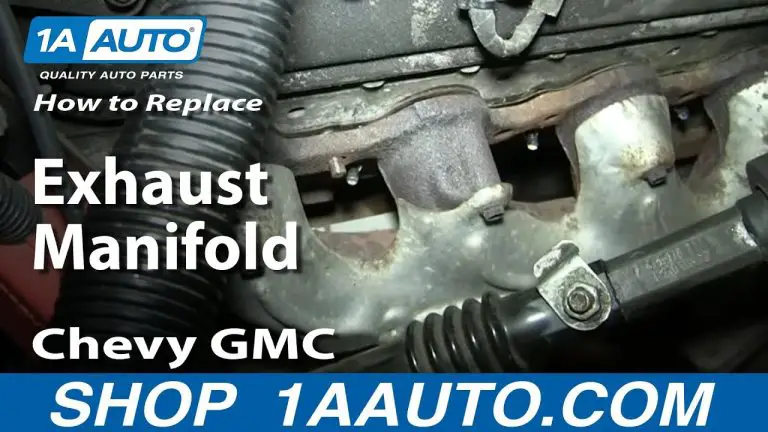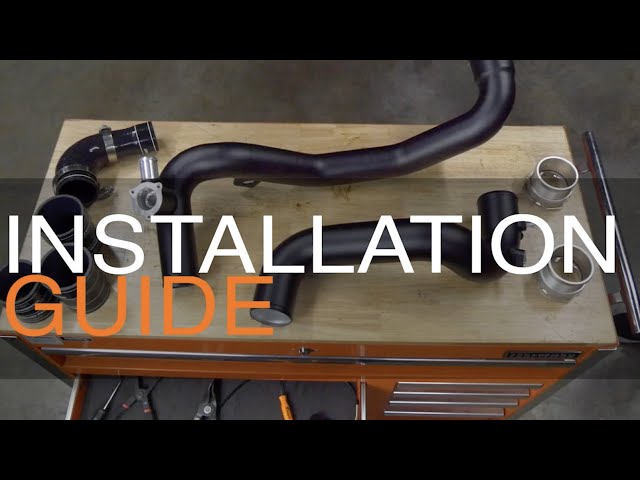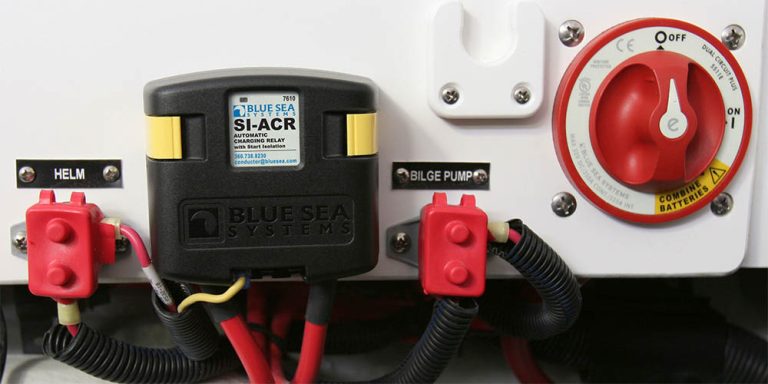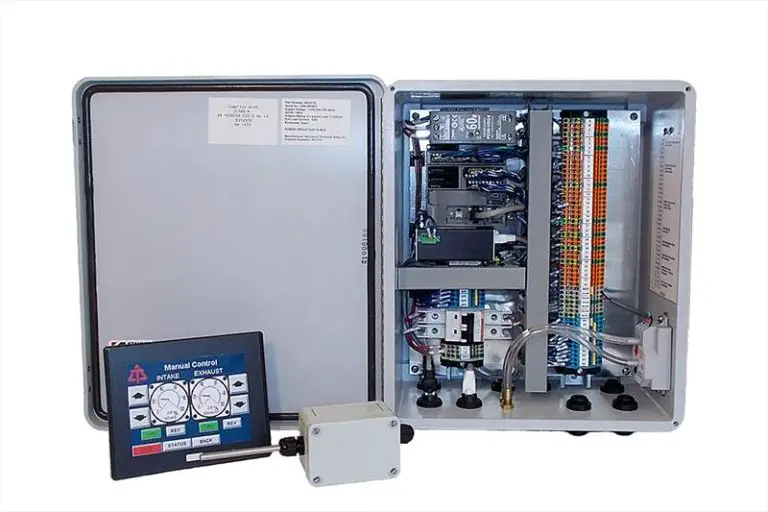How Does an Exhaust Brake Work: Mastering the Art of Engine Braking
An exhaust brake works by using a butterfly valve in the exhaust system to create back pressure and slow down the vehicle, acting as a braking mechanism. This can potentially cause engine damage if not properly adjusted.
Basics Of Exhaust Brake
An exhaust brake is a butterfly valve in the exhaust that creates back pressure to provide braking action. This valve closes, restricting the flow of exhaust gases, which slows down the vehicle. If not adjusted properly, an exhaust brake can potentially cause engine damage.
However, when used correctly, it can be a useful tool for reducing wear and tear on regular brakes, especially when driving at lower speeds. The difference between a Jake Brake and an exhaust brake lies in how they create engine braking.
A Jake brake decreases pressure in the engine, while an exhaust brake increases pressure. Additionally, a Jake brake connects to the valve train, while an exhaust brake connects to the exhaust system. Overall, an exhaust brake can be an effective way to enhance braking capabilities and increase overall safety while driving.
Different Types Of Exhaust Brakes
Mechanical exhaust brakes work by using a butterfly valve in the exhaust system to create back pressure, which slows down the vehicle. This type of exhaust brake can cause engine damage if not adjusted properly. Some of the advantages of mechanical exhaust brakes include increased control while descending hills and reduced wear and tear on regular brakes.
However, they can also increase fuel consumption. On the other hand, electronic exhaust brakes work by controlling the engine’s variable geometry turbocharger (VGT) to create back pressure and slow down the vehicle. Electronic exhaust brakes provide more precise control and can be more effective than mechanical brakes.
They also have the advantage of being adjustable and can offer more braking power. However, they rely on the vehicle’s electrical system and may require additional installation and maintenance. Overall, both mechanical and electronic exhaust brakes offer benefits and drawbacks, and choosing the right one depends on the vehicle’s specifications and the driver’s preferences.
Benefits And Drawbacks Of Using An Exhaust Brake
An exhaust brake provides several advantages when it comes to braking power. It increases the overall braking power of the vehicle, ensuring better control and safety on steep slopes. Moreover, it reduces wear and tear on regular brakes, extending their lifespan and reducing maintenance costs.
This is particularly beneficial for commercial vehicles that frequently encounter downhill routes. However, there are a couple of drawbacks to consider. Improper adjustment of the exhaust brake can potentially damage the engine, so it’s important to ensure correct settings. Additionally, using the exhaust brake can have a slight impact on fuel consumption.
Lastly, some noise and vibration issues may arise when the exhaust brake is engaged. Despite these drawbacks, the advantages of using an exhaust brake generally outweigh the disadvantages, making it a beneficial feature for many vehicles.
Setting Up And Adjusting An Exhaust Brake
To set up and adjust an exhaust brake properly, it is important to focus on the installation process. One key step is adjusting the butterfly valve for optimal performance. This ensures that the brake functions effectively and provides the desired braking action.
Additionally, it is crucial to understand the engine compatibility and any compatibility issues that may arise. Different engines may require specific adjustments or modifications to ensure proper functioning and avoid any potential damage. By following these guidelines, you can ensure that your exhaust brake works efficiently and effectively, providing the necessary braking power when needed.
Frequently Asked Questions About Exhaust Brakes
Exhaust brakes work by creating back pressure through a butterfly valve in the exhaust system. This back pressure helps slow down the vehicle, providing a braking effect. When it comes to engines, exhaust brakes can potentially cause damage if not properly adjusted.
However, if adjusted correctly, they can be used without harming the engine. Driving with the exhaust brake on all the time is not recommended, especially at high speeds. Exhaust brakes differ from Jake brakes in their method of engine braking.
Jake brakes decrease pressure in the engine, while exhaust brakes raise pressure in the exhaust system. While exhaust brakes are suitable for most vehicles, it’s important to ensure compatibility and proper installation. The effectiveness of exhaust brakes varies according to different terrains.
They can be particularly useful while driving downhill or on slippery surfaces.

Credit: www.motorsportsint.com
Frequently Asked Questions On How Does An Exhaust Brake Work
Are Exhaust Brakes Hard On Engines?
Exhaust brakes, typically a butterfly valve, can cause engine damage if not adjusted properly.
Is It Good To Drive With Exhaust Brake On?
Driving with an exhaust brake on is good, especially at lower speeds, as it reduces wear and tear on regular brakes.
What Is The Difference Between A Jake Brake And An Exhaust Brake?
An exhaust brake raises pressure to cause engine braking, while a Jake brake decreases pressure. A Jake brake connects to the valve train, while an exhaust brake connects to the exhaust system. Jake brakes have higher braking power than exhaust brakes.
What Activates An Exhaust Brake?
An exhaust brake is activated by a simple on-off switch that triggers a solenoid or vacuum actuator to close the exhaust brake valve.
Conclusion
Exhaust brakes play a crucial role in slowing down a vehicle by creating back pressure in the exhaust system. This pressure restricts the flow of exhaust gases, which in turn reduces the speed of the engine. However, it is important to adjust the exhaust brake properly to avoid engine damage.
One advantage of using an exhaust brake is that it reduces wear and tear on the regular brakes, especially when driving at lower speeds. This can ultimately save costs on brake maintenance and replacement. Another advantage of exhaust brakes is their ability to provide effective engine braking.
The pressure created in the exhaust system helps to control the speed of the vehicle when going downhill or when needing to slow down quickly. Exhaust brakes are essential components in diesel engines that help to provide effective braking and reduce wear on regular brakes.
When properly adjusted, they can be a valuable tool for vehicle control and safety.

